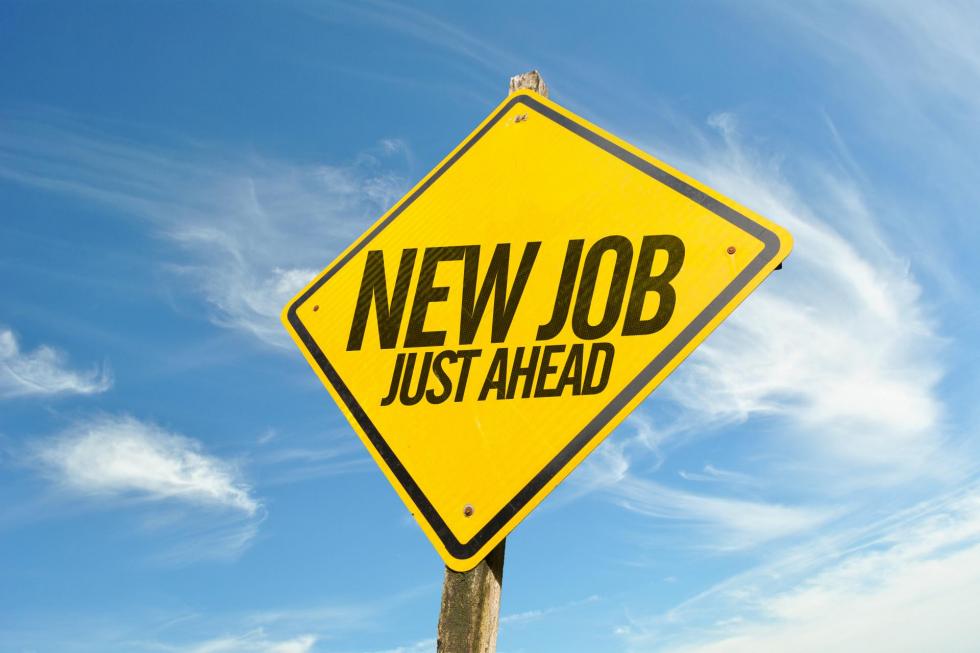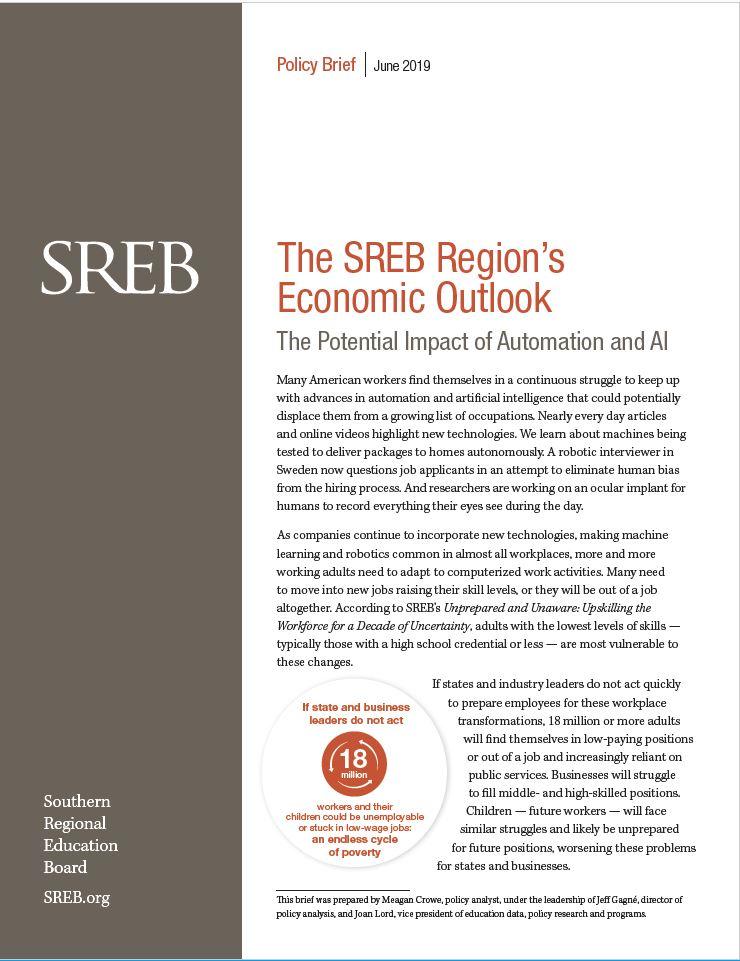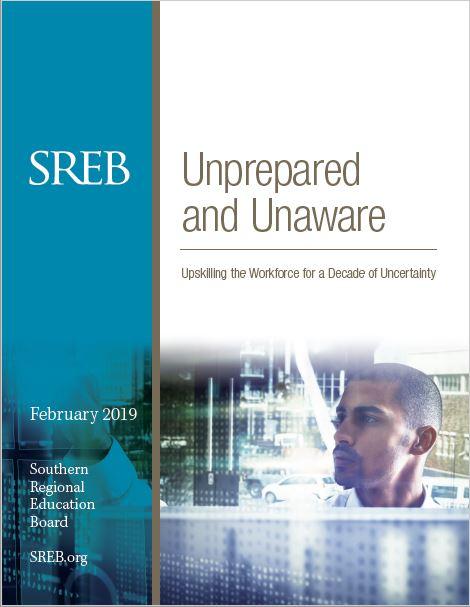Adapting Education, Keeping Pace with Automation
Technology is advancing at unprecedented rates. Though there have been grand transformations in information technologies, including computers, cell phones, automated services and customer-facing machines, these changes will likely be dwarfed by others in the coming decades. Automated vehicles and artificial intelligence have the capacity to reshape not only our workforce but our social and political systems. Machine learning will create work tasks in the future that can only be imagined today.
Our nation is likely to turn to its education system to prepare workers for this uncertain future. While adjustments will need to be made in how — and what — material is provided in K-12 and postsecondary environments, states can begin addressing two growing concerns among state and business and industry leaders. One involves integrating technology into all learning environments. The other will require a longer-term cultural shift in the way Americans view education.
Classes and courses of study need to adapt more quickly to prepare students for jobs available today and to keep pace with trends as they change. Work-based learning, career pathways, stackable credentials, and classroom technologies are among strategies states can employ to help their learning and working environments relate more closely. These are tangible efforts that will help ensure that both children and adults can adapt to coming workforce changes.
On a broad scale, the United States must shift its view of education to emphasize the value of lifelong learning. In addition to the “hard” skills we instill in students, such as language and mathematical and digital literacy, we must make a greater effort to teach what have previously been referred to as “soft” skills. Difficult to measure, difficult to express in a resume, and generally not taught as subjects in school, skills like communication, leadership, teamwork and problem-solving will be increasingly sought after in the workforce. Academics and business leaders have been referring to these recently as “power skills” and “essential skills.” Being a continuous learner — able to overcome mistakes, able to adapt as industries transform — may well be the deciding factor in one person being trained for a new position while another is replaced.
This cultural shift will require that businesses are increasingly willing to retrain employees, but also that our educational system introduce intermediate credentials reflecting the incremental acquisition of skills in the labor force. This will more accurately signal to businesses what a person has achieved and which tasks he or she can perform. Communication between workers, industry leaders and education programs must be fast and fluid to adapt to leaps in automation and AI. Our education system needs to become a partnership between the public and private sectors as much as it is between a student and a school.




